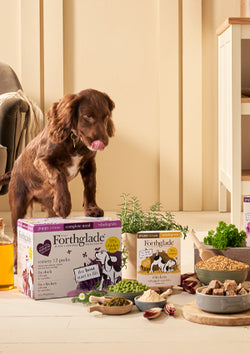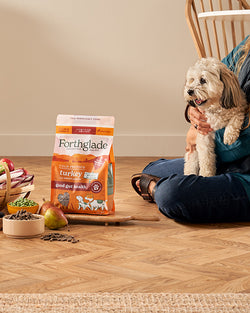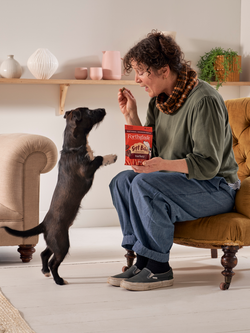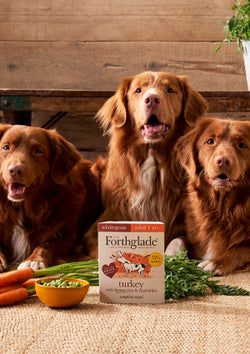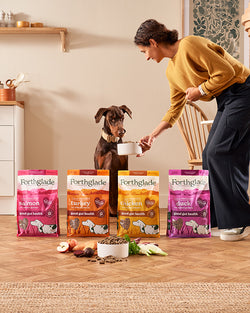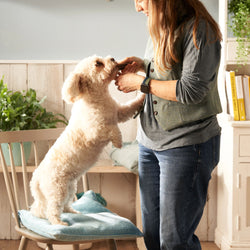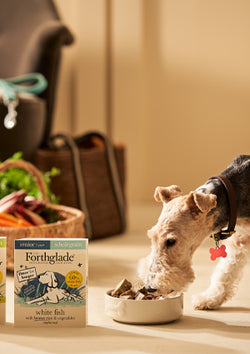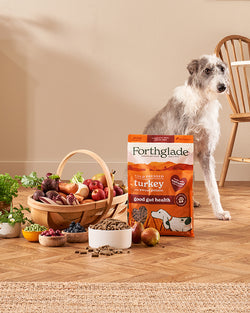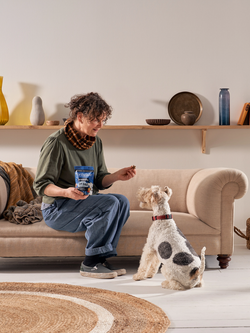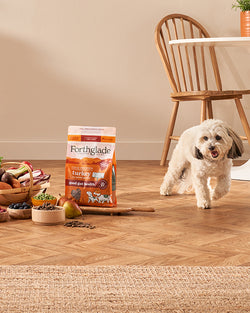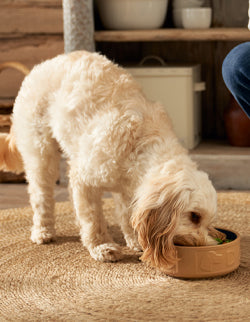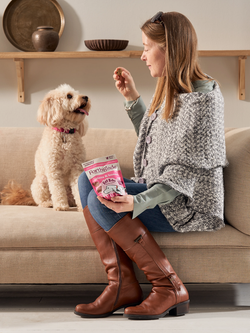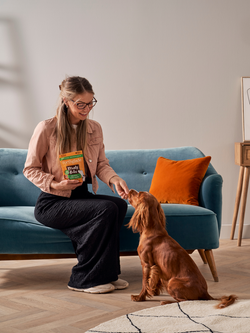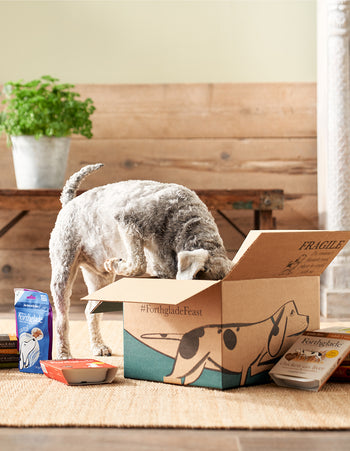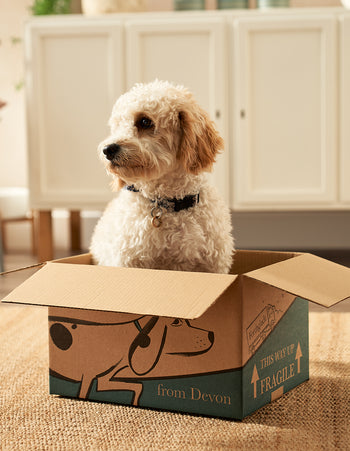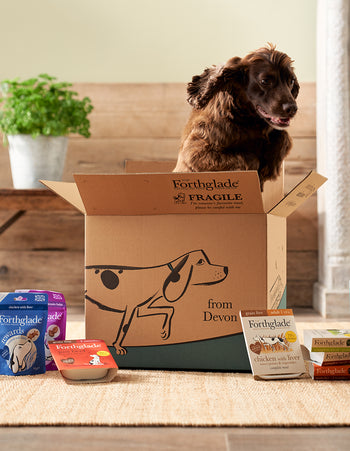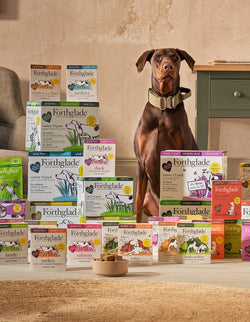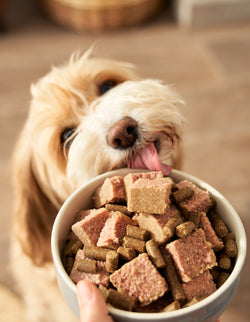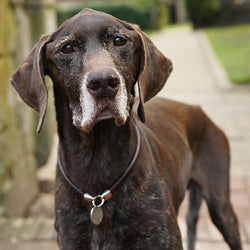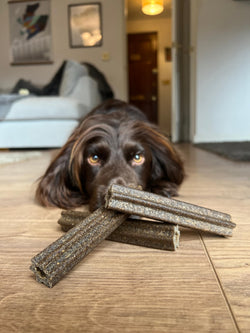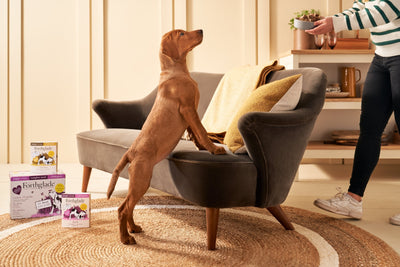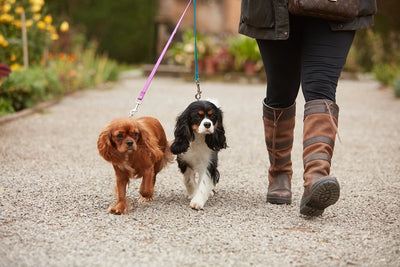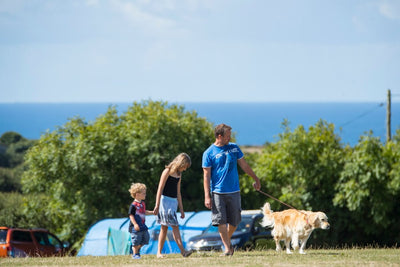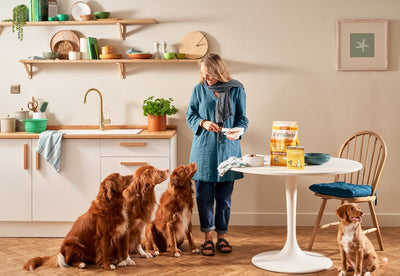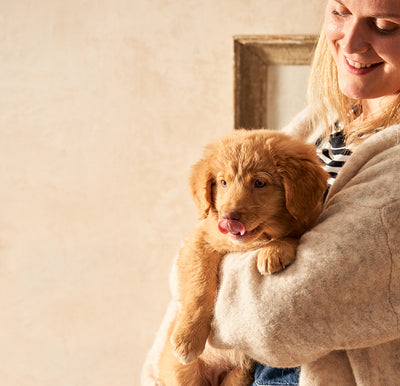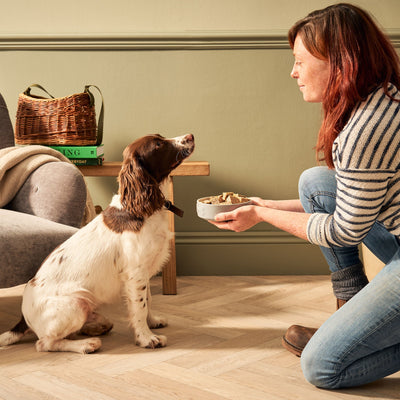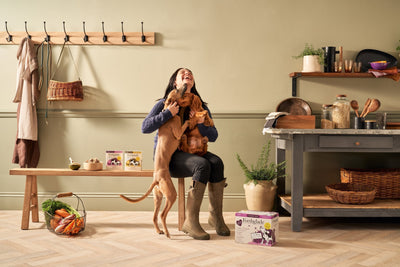How to brush your dog's teeth
Just like humans, brushing your dog’s teeth is an effective way to ensure their dental hygiene is the best it can be. With 87% of dogs over the age of three developing periodontal disease, preventing the build-up of plaque and tartar through regular brushing is an important step in reducing this susceptibility.
The prospect of brushing your dog’s teeth may seem daunting – particularly if your dog doesn’t allow you near their mouth – and it may take some time to get your dog used to a toothbrush, but our handy guide is here to help make this new dental routine a little easier.
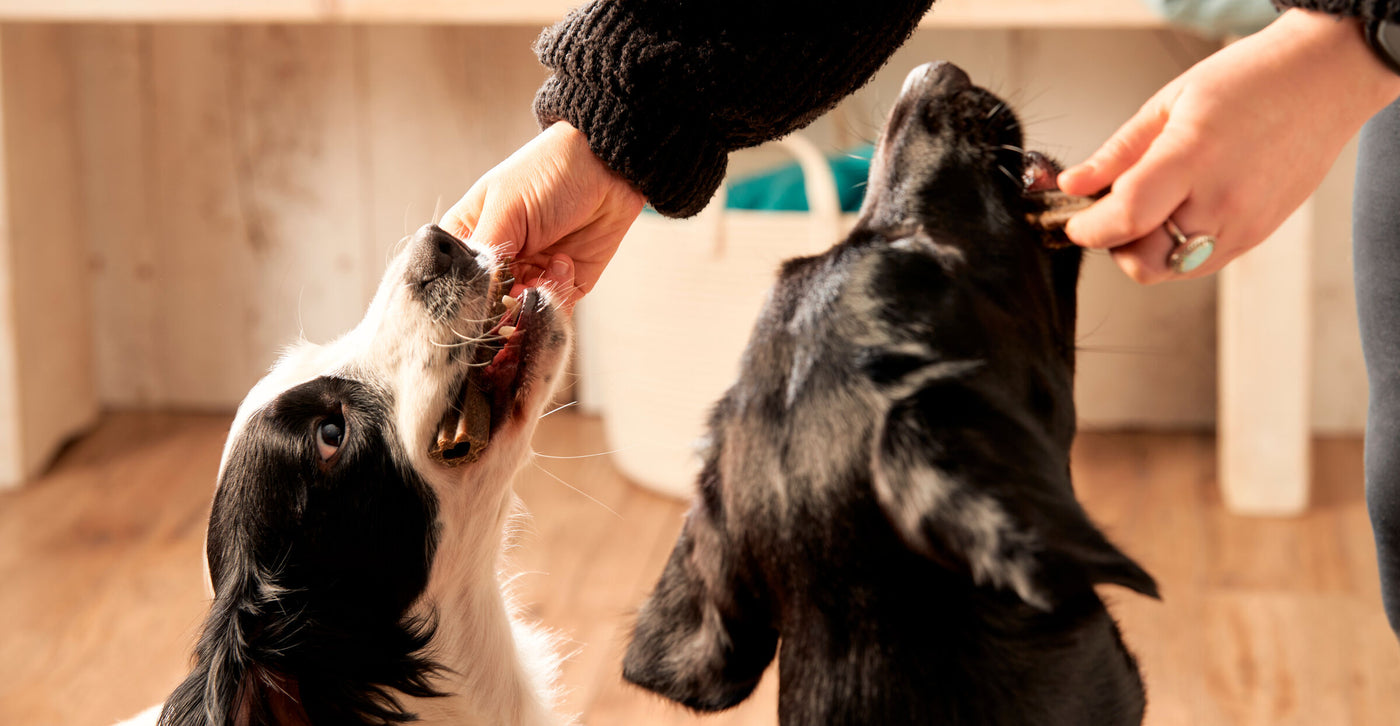
When should you start brushing your dog's teeth?
Introducing brushing as early as you can – especially when your dog is a puppy – is a good way to make this activity part of their daily routine from the offset. For many dogs, brushing becomes a part of their day that they expect and can even enjoy. The training process for older dogs may take a little longer, but introducing gradually will make it easier.
How to clean your dog’s teeth: initial training
Making the experience of teeth brushing as comfortable and enjoyable as you can will make establishing a dental routine with your dog easier. As a starting point, you can help your dog feel more at ease when having your hands near their head and mouth by training them to rest their chin in your hand and by slowing introducing touching their mouth and teeth.
Next, try rubbing your finger or soft cloth over the outside surfaces of your dog’s teeth, focusing on the area where the gum meets the tooth. Once your dog feels more comfortable, let them taste some dog toothpaste from your finger to get them familiar with the taste. You can then begin rubbing it over their teeth.
Our dog training treats are a great way to reward your dog throughout these initial stages, and to help the experience feel more positive for both you and your dog. If your dog looks to be uncomfortable during any of these initial training steps, take a break and retry a little later.

How to brush your dog's teeth: step by step
After your dog adjusts to you touching the inside of their mouth and teeth, you can get started on tooth brushing:
- Gently touch your dog’s teeth and gums with the brush, starting with a couple of teeth and moving in a circular motion, concentrating on the gum line
- Put a little bit of toothpaste on your brush and gently slide the toothpaste under the lip and brush in a circular motion
- Gradually build up to brushing all the teeth over multiple sessions, lifting the upper or lower lip to reach their teeth
- You can eventually aim to brush all the surfaces in about two minutes
Don’t forget to reward them after each step with praise and treats throughout the process.
Can you brush a dog's teeth with human toothpaste?
No, it’s important that you only use a toothpaste specifically designated for dogs. Human toothpastes include ingredients such as high levels of sodium and artificial sweeteners that can cause an upset stomach for dogs.
These are a number of toothbrushes that are specifically designed for dogs too which come in a number of variations and sizes, including finger brushes that fit over the tip of your finger, brushes with multiple heads, and brushes with angled handles. The brush you choose to use will come down to personal preference and the size of your dog. Remember to replace the toothbrush every three months and to rinse it thoroughly after use.
How often should I brush my dog's teeth?
To maintain health teeth and dental care, it is best that you brush your dog’s teeth 2-4 times a week – even better if you and your dog feel comfortable to brush their teeth every day. Regular brushing prevents plaque from building and hardening on your pet’s teeth, reducing the risk of dental disease.
Do you need to brush your dog's teeth?
Taking good care of your dog’s teeth ensures that they remain in tip-top condition throughout their life, and prevents your dog getting dental disease and the build-up of plaque and tartar which can lead to inflamed gums or gingivitis. If left untreated, gingivitis can develop into a more serious gum disease known as periodontal disease, which may lead to the loss of bone and soft tissue around the teeth. There areadditional dental practicesthat you can incorporate into your dog’s dental routine to ensure healthy gums, strong teeth and fresh breath too.
How to brush dog teeth when they refuse
Not all dogs will feel entirely comfortable with having their teeth brushed, especially if regular brushing hasn’t always been part of their routine. Our suggestions below may help you address this.
1. Ask your vet to take a look at your dog’s mouth and jaw – it may be that they have some pain that is making them resistant to you being near their mouth
2. Consider having your dog’s teeth professionally cleaned by a vet until you’re ready to take over their oral care.
3. Dog behaviourists will also be able to assist you in helping your dog feel more comfortable with having their head, mouth and teeth touched
How to clean dog teeth without brushing
To ensure the best oral hygiene for your dog, nothing really beats tooth brushing. However, there are also additional food types, treats and dental chew toys that can help dental hygiene alongside brushing. Food items such as dental sticks in particular are designed to support strong teeth, help remove tartar and plaque, and freshen breath with their added calcium.
Looking to learn more? Our Vet Dr James Greenwood shares more tips to help you keep your dog’s teeth sparkling clean
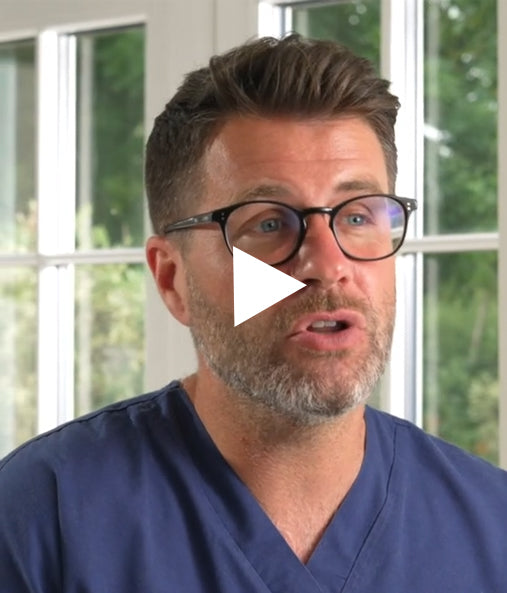
brushing your dog's teeth
Looking to learn more about dental health? Our vet Dr James Greenwood shares more tips to help you keep your dog's teeth sparkling clean.
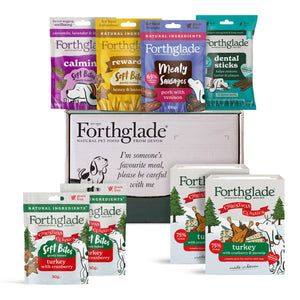


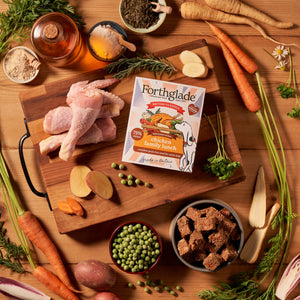
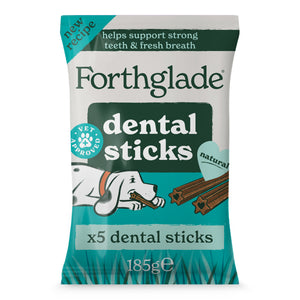

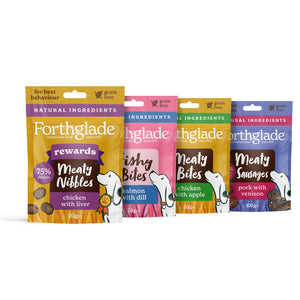



 Over 12,000 5* Reviews
Over 12,000 5* Reviews
 Subscribe & Save At Least 10% Off Every Order!
Subscribe & Save At Least 10% Off Every Order!


